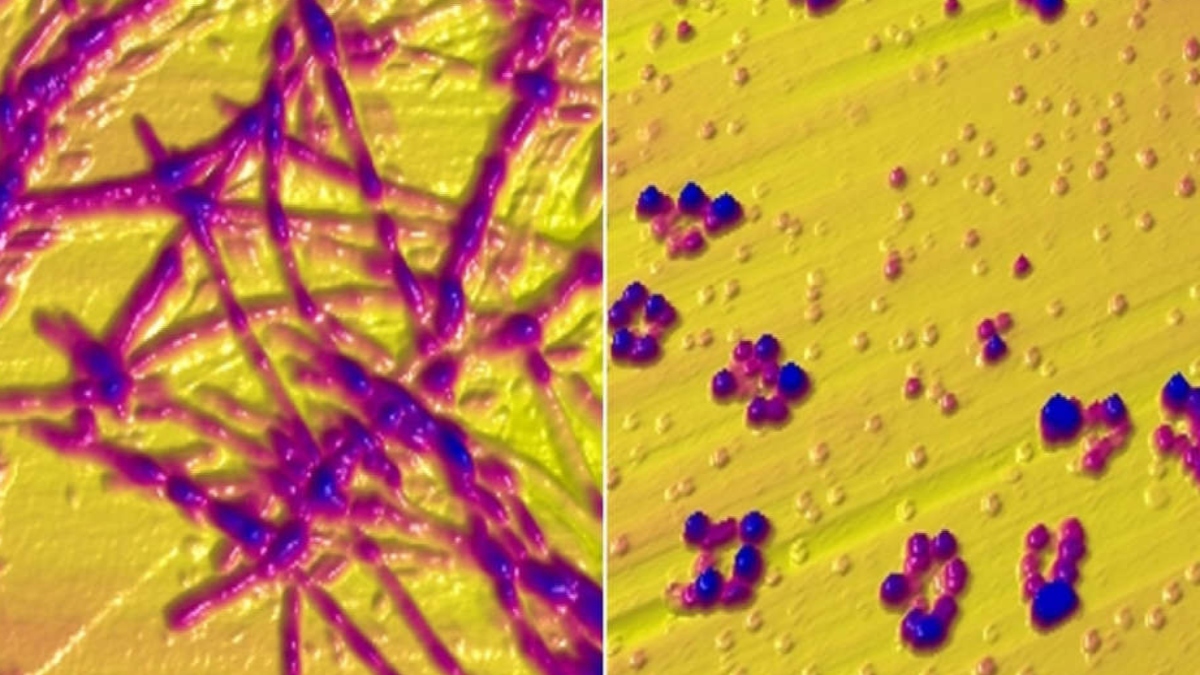


New research suggests that viruses are using information from their environment to ‘decide’ when to sit tight inside their hosts and when to multiply and burst out, killing the host cell. Right now, viruses are exploiting the ability to monitor their environment to their benefit. But in the future, “we could exploit it to their detriment,” said one of the authors.
A virus’s ability to sense its environment, including elements produced by its host, adds “another layer of complexity to the viral-host interaction,” says Ivan Erill, professor of biological sciences and senior author of the new paper.
Right now, viruses are exploiting that ability to their benefit. But in the future, he says, “we could exploit it to their detriment.”
The new study focused on bacteriophages—viruses that infect bacteria, often referred to simply as “phages.”
The phages in the study can only infect their hosts when the bacterial cells have special appendages, called pili and flagella, that help the bacteria move and mate.
The bacteria produce a protein called CtrA that controls when they generate these appendages.
The new paper shows that many appendage-dependent phages have patterns in their DNA where the CtrA protein can attach, called binding sites.
Erill says that a phage having a binding site for a protein produced by its host is unusual.
Even more surprising, Erill and the paper’s first author, Elia Mascolo, a Ph.D. student in Erill’s lab, found through detailed genomic analysis that these binding sites were not unique to a single phage, or even a single group of phages.
Many different types of phages had CtrA binding sites, but they all required their hosts to have pili and/or flagella to infect them. It couldn’t be a coincidence, they decided.